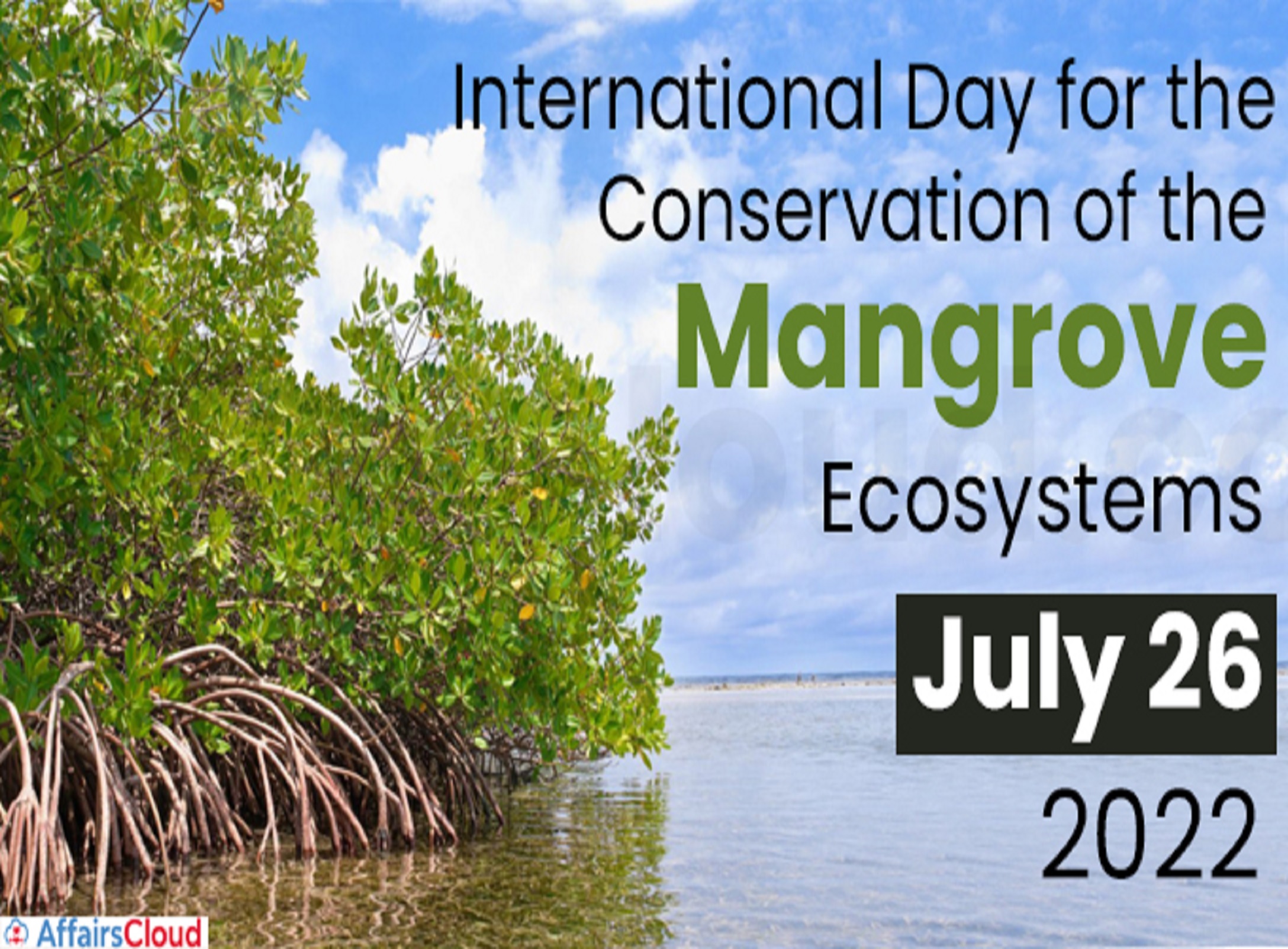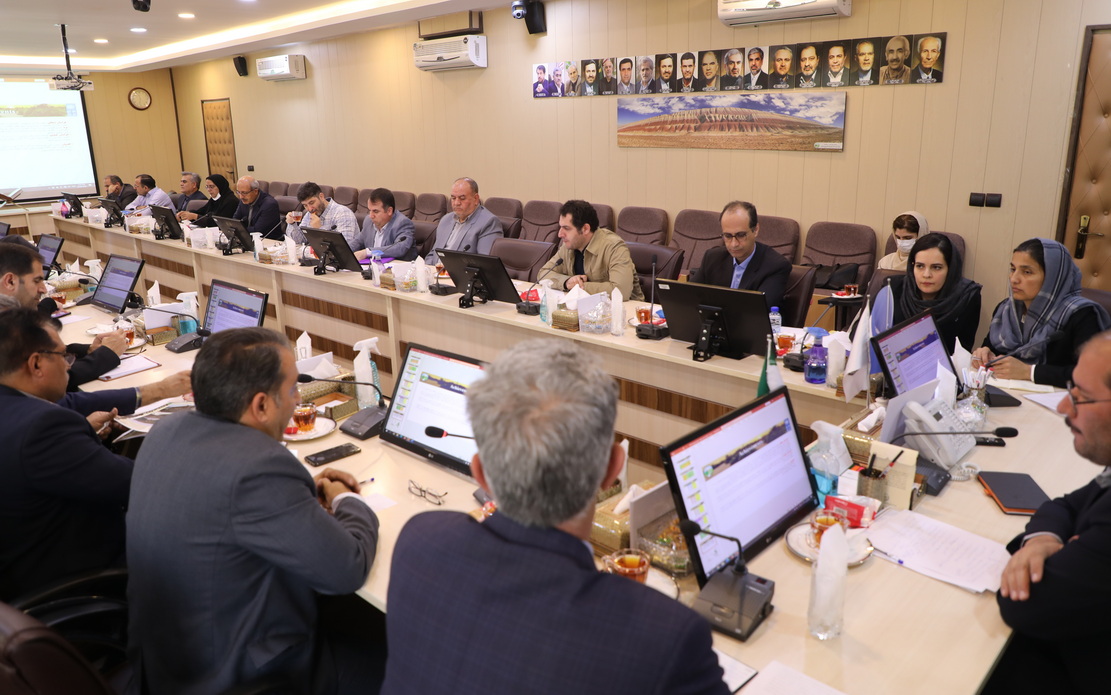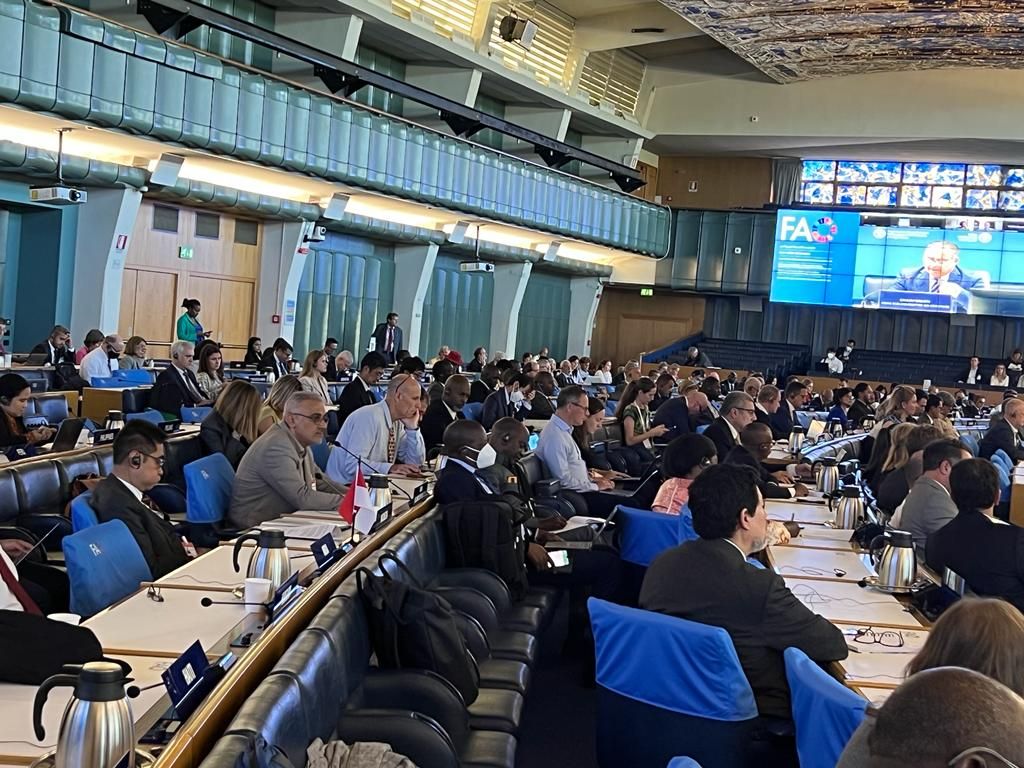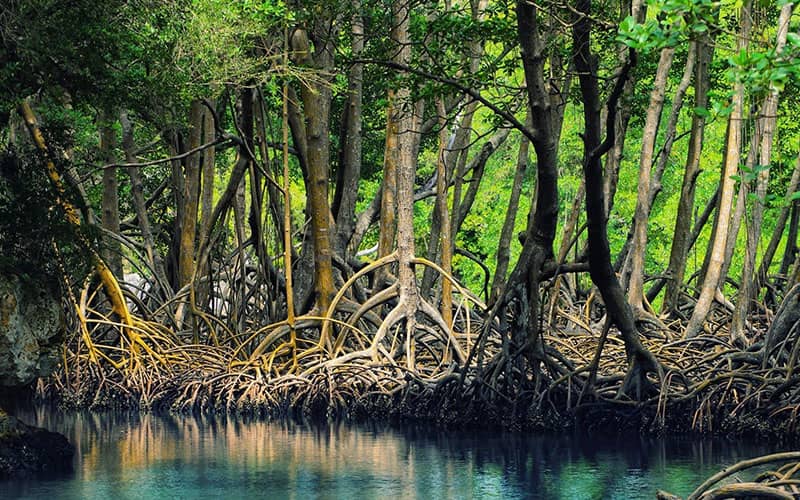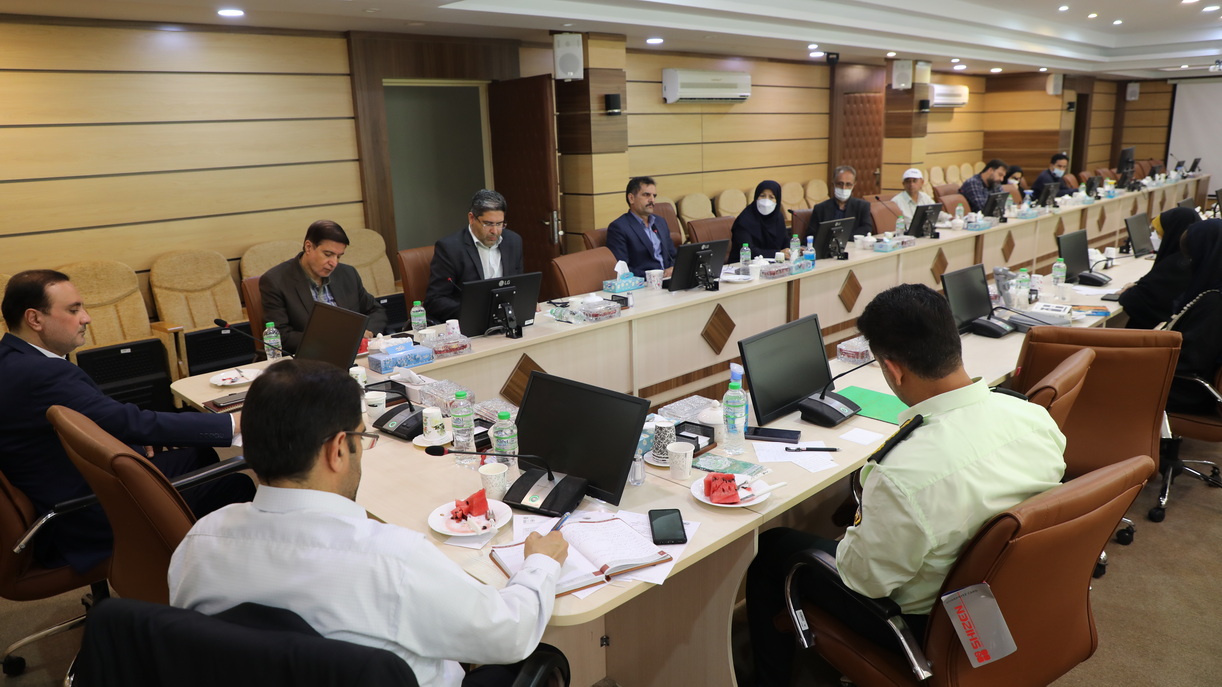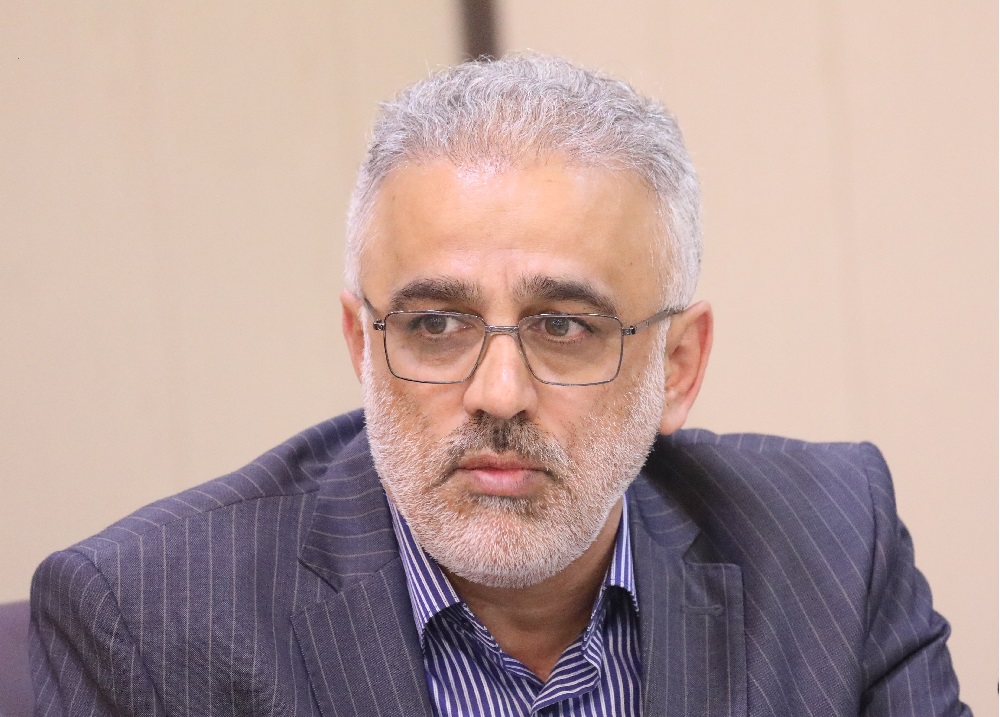Iran is located in the southern part of the northern hemisphere on the arid belt of the world with a land area of1.64 million square km. Iran is bordered by Turkmenistan, Caspian Sea, Azerbaijan, and Armenia in north, Afghanistan and Pakistan are on Irans eastern border, the Persian Gulf and the Sea of Oman in the south and Iraq and Turkey in the west. Two major mountain ranges affect its climate; the Zagros in the west and the Alborz in the north. Most humid clouds that come from the west are prevented from reaching central, eastern and southern parts by these mountain ranges, so central and southern lowlands and eastern parts of the country receive very little precipitation. As a result, approximately 65 percent of the territory has an arid or hyper-arid climate with the mean annual rainfall about 210 mm. The peculiar features and location cause the country to receive less than a third of world average precipitation except the Caspian plain that receives more than 1000 mm of rain annually. Due to low, erratic and unevenly distributed precipitation in these areas, most rivers are seasonal and their flows depend heavily upon the amount of rainfall. If rainfall is above average, flash floods are common. However, Iran’s topographic and climatic variations and edaphical conditionshas created different land uses and a unique collection of more than 8 thousand plant species including shrub and tree species. Iran is divided into 8 major climatic regions. However, the humid climatic region may be further divided into 6 sub-regions, thereby creating 13 climatic regions in total. The diversity of climate allows for a variety of agricultural and aquatic products including the growing of citrus fruits, rice, and tea in large parts of the northern region and pistachios and dates in central and southern parts of the country as well as tropical fruits such as bananas and mangos. In cooler climates of the mountain ranges grapes, almonds and apples are produced. There is a good potential for further development of agriculture and aquaculture in most parts of Iran, especially in the northern and southern regions. |


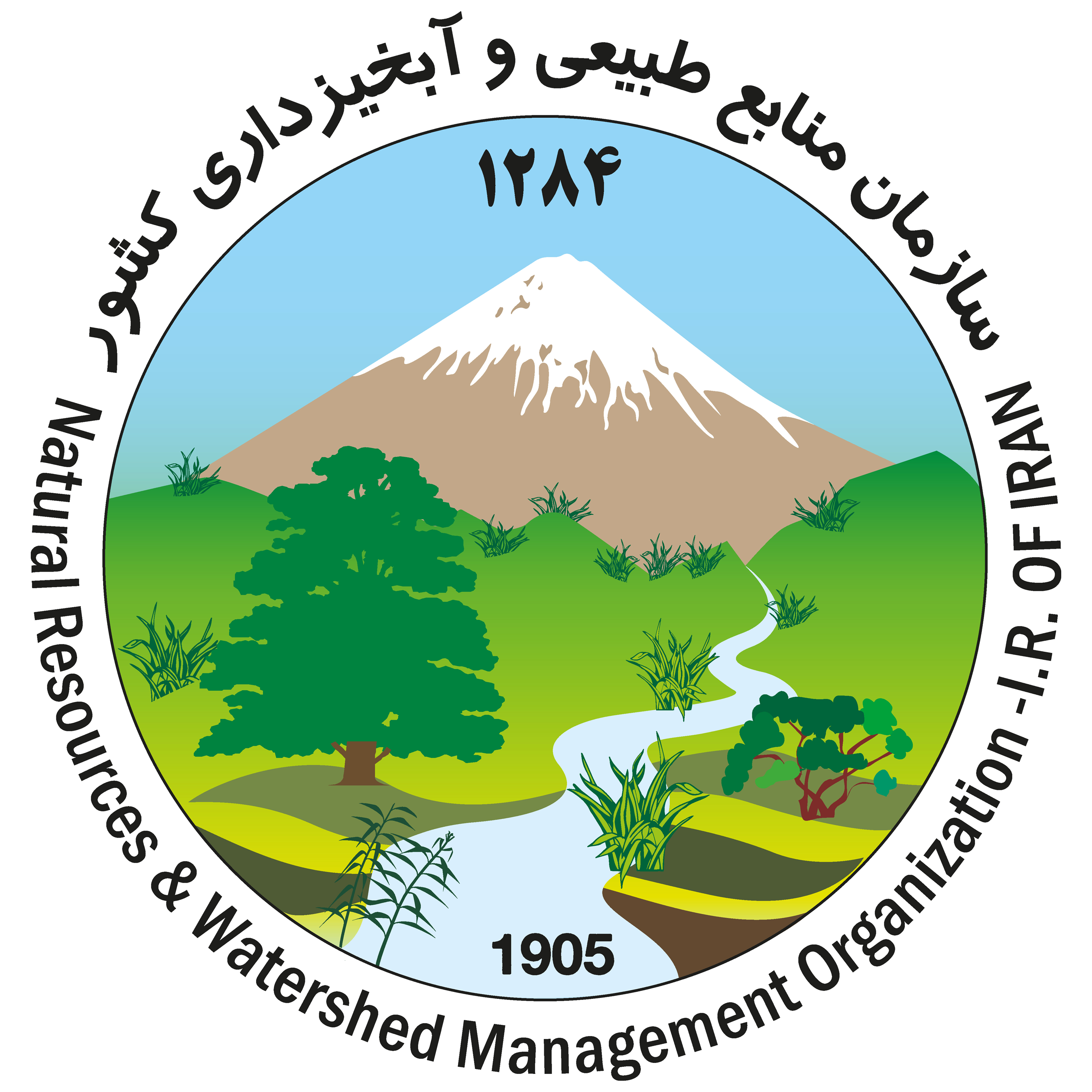
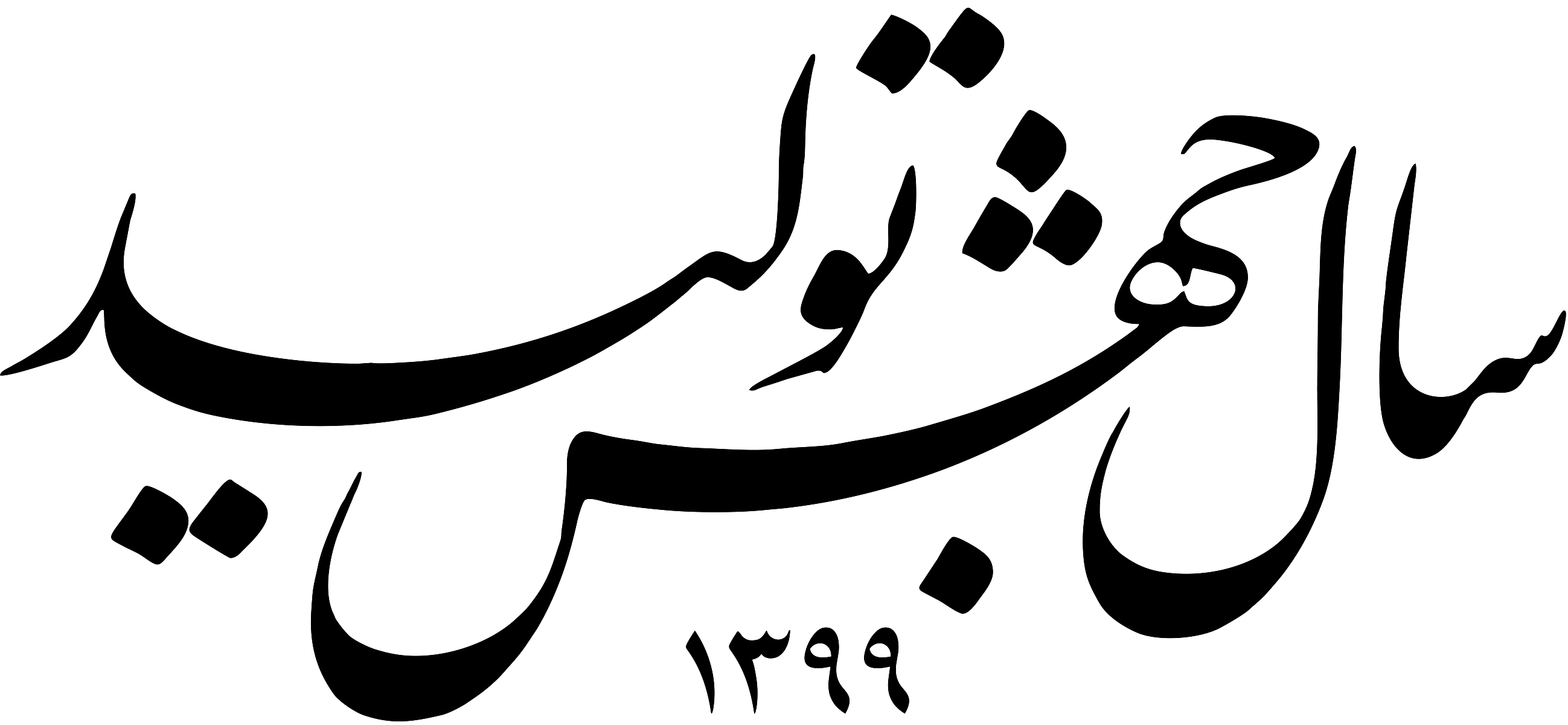
.png)


